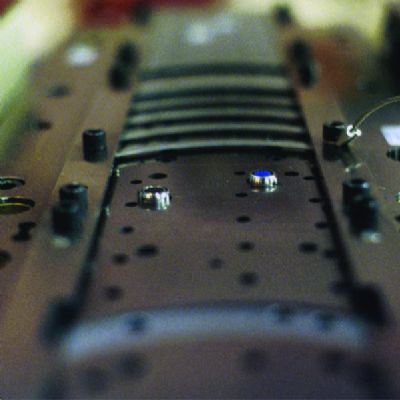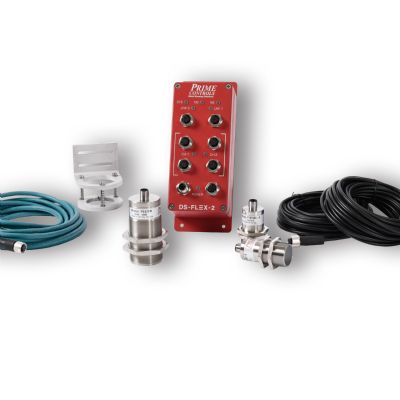David & Goliath
June 1, 2009Comments
As I write this, Chrysler has entered bankruptcy with a strong possibility that GM may follow. The media are in a tizzy with some predicting a smooth transition for both into leaner manufacturing organizations, while others expect a dramatic bloodbath. Here and there the Tier One suppliers to these two storied American automotive companies are mentioned in passing. Almost no attention is given to the tiers below the first. This is a shame because the issues affecting the small-to-mid-sized supplier companies go far beyond the financial repercussions that they most assuredly will feel. I am extremely concerned with the passing a of our metalforming-automation sensor and controller skill sets as the under-Tier One suppliers fall in the proverbial domino pattern.
Nearly everyone I meet from the nonmanufacturing sectors of our economy have little, if any, clue that the backbone of design, production and mistake proofing with advanced technologies lies with the small-to-mid-sized component suppliers—a manufacturing class rarely covered by the media. They assume that the know-how and control of technical manufacturing innovation lies with the end customer, perhaps down in the Tier One supplier base. Yet a metalforming shop with 75 employees may have the only available sensor expertise to properly manufacture a critical component that goes into a variety of automotive brands.
This scenario not only is seen in shared vehicle platforms but often across brands of automobiles spanning American, European and Asian brands. If that Tier Two or Three supplier, with its unique technological skill set, goes under, then it would be an earthshaking experience for its Tier One customer, not to mention the end user. “Oh, but surely it would take little time for a surviving Tier Two or Three supplier to pick up the necessary automation and mistake-proofing techniques to step in and produce the same component.”
Not so, for the automotive sector, in its never-ending quest for low cost, on-time deliveries and high-quality standards, has managed to evolve its component supplier base into hundreds of small-to-mid-sized component contractors. Many are sole-source suppliers who, over decades of manufacturing experience, developed the world’s most sophisticated applications for digital and analog sensors. There simply is no that years of leading-edge sensor applications for complex parts manufacturing can be learned and implemented quickly enough by a novice component-supplier company in time to take the reins.









